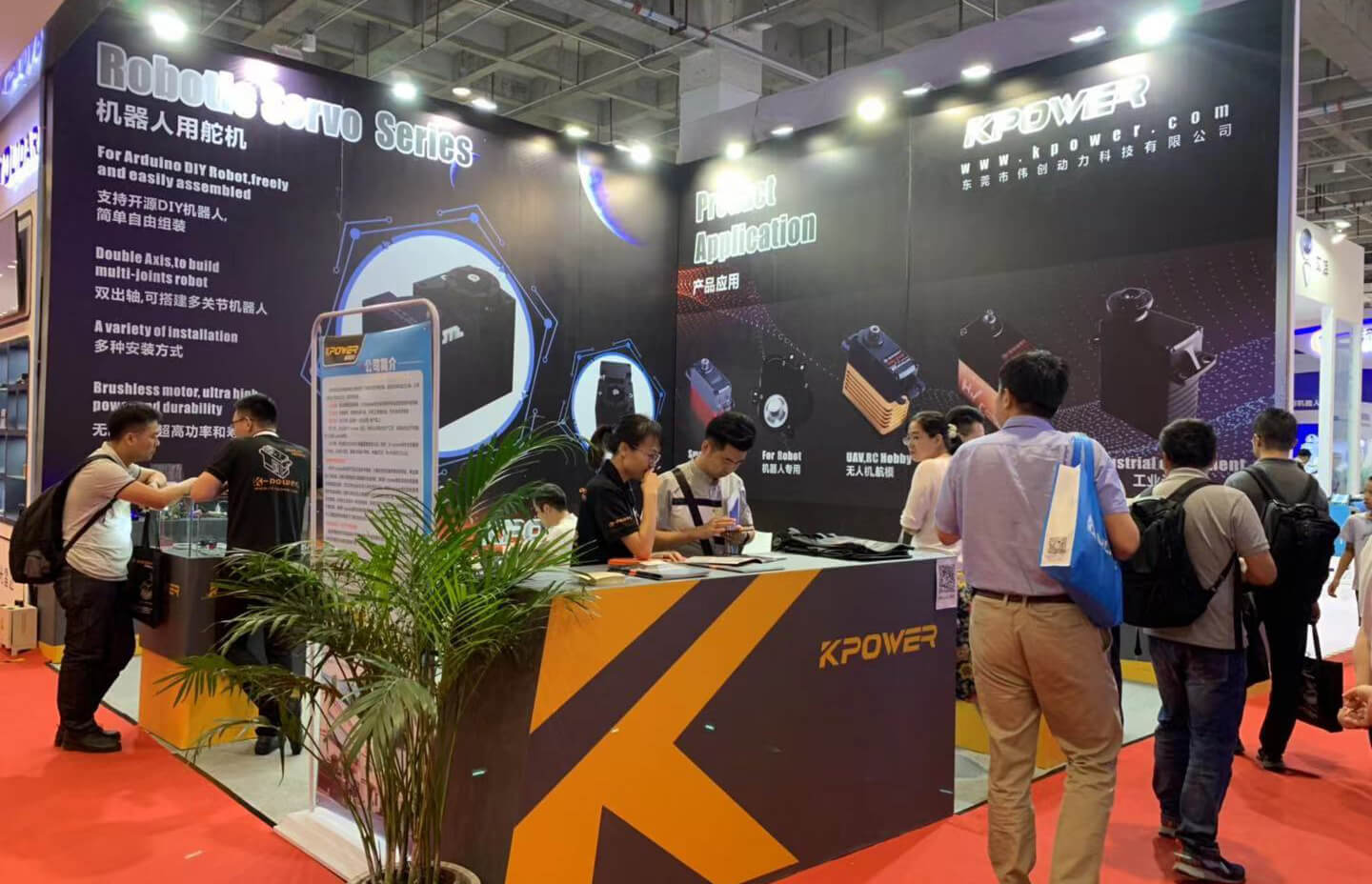Imagine a world where machines move with the grace of a ballet dancer—precise, controlled, and effortless. At the heart of this dance lies a tiny but mighty device: the servo motor. Among the myriad types of servo motors available today, the 90-degree servo motor stands out as a compact marvel of engineering, enabling exact angular control that’s vital in robotics, automation, and countless DIY projects.

The Essence of the 90-Degree Servo Motor
A servo motor is essentially a rotary actuator that allows for precise control of angular position. When paired with a suitable controller—like an Arduino or a dedicated motor driver—it can rotate to a specified position, hold it, and respond to commands in real-time.
The "90 degrees" aspect refers to the motor's rotation range, typically limited to a quarter turn, providing a focused, predictable sweep of motion. This angular limitation isn't just a design constraint but rather a powerful feature. It simplifies control algorithms and ensures the motor’s longevity by reducing wear and tear caused by continuous rotation.
Why Choose a 90-Degree Servo?
In primary applications, the 90-degree servo finds its strength in scenarios where precise, repeatable movement within a confined angle is required. Think of robotic arms that need to reach exact positions—like opening a valve, adjusting a mirror, or operating a small mechanical latch. The confined rotation scope extends its benefits:
Accuracy & Repeatability: With dedicated control, these servos return to exactly the same position repeatedly, which is critical in tasks like camera positioning or robotic gripping. Simplicity: The limited arc of movement reduces complexity in the control algorithms and minimizes power consumption. Durability: Less rotation means less mechanical strain, translating into longer service life—especially when used in repetitive tasks.
How Does It Work?
Severally, a typical servo motor setup includes a small internal gear train, a DC motor, a position feedback device (like a potentiometer), and control circuitry. When a command signal—usually a Pulse Width Modulation (PWM)—enters, it determines the motor's rotation angle. The feedback system constantly monitors the position, adjusting power to achieve the desired angle, often within a fraction of a degree of accuracy.
In the case of a 90-degree servo, the control range is physically or electronically limited—either through the servo's design or external controls—to ensure it stays within a 0-90° scope. Some servos are designed to be fully programmable, so they can be set to operate within specific angles, adding tremendous flexibility to their application.
Applications That Shine with a 90-Degree Servo
From industrial machinery to amateurs tinkering in a garage, 90-degree servo motors are incredibly versatile:
Robotics: Whether it's robotic arms, grippers, or humanoid joints, the bright precision of these servos makes them ideal for mimicking human-like motion. Camera & Lens Control: Smooth, repeatable adjustments help achieve perfect framing or focus shifts. Aerospace & Drones: Fine-tuned control surfaces, like ailerons or rudders, often rely on precise servo movements within limited ranges. Home Automation: Automated blinds, locks, and even pet feeders benefit from the dependable, limited rotation design. Educational Kits & DIY Projects: The ease of control and affordability make them a favorite among hobbyists—allowing users to bring their ideas to life with minimal fuss.
The Benefits of Using a 90-Degree Servo
In essence, the 90-degree servo motor offers a blend of precision, simplicity, and durability. Its confined range means less mechanical stress, reducing maintenance and prolonging lifespan—especially crucial in devices like robotic arms that perform thousands of cycles in their lifetime.
Moreover, their affordability makes them accessible to a broad audience, from students and novice engineers to seasoned professionals. The widespread availability of these motors also fosters innovation, as new projects and prototypes are easier to implement.
Kpower has delivered professional drive system solutions to over 500 enterprise clients globally with products covering various fields such as Smart Home Systems, Automatic Electronics, Robotics, Precision Agriculture, Drones, and Industrial Automation.




































